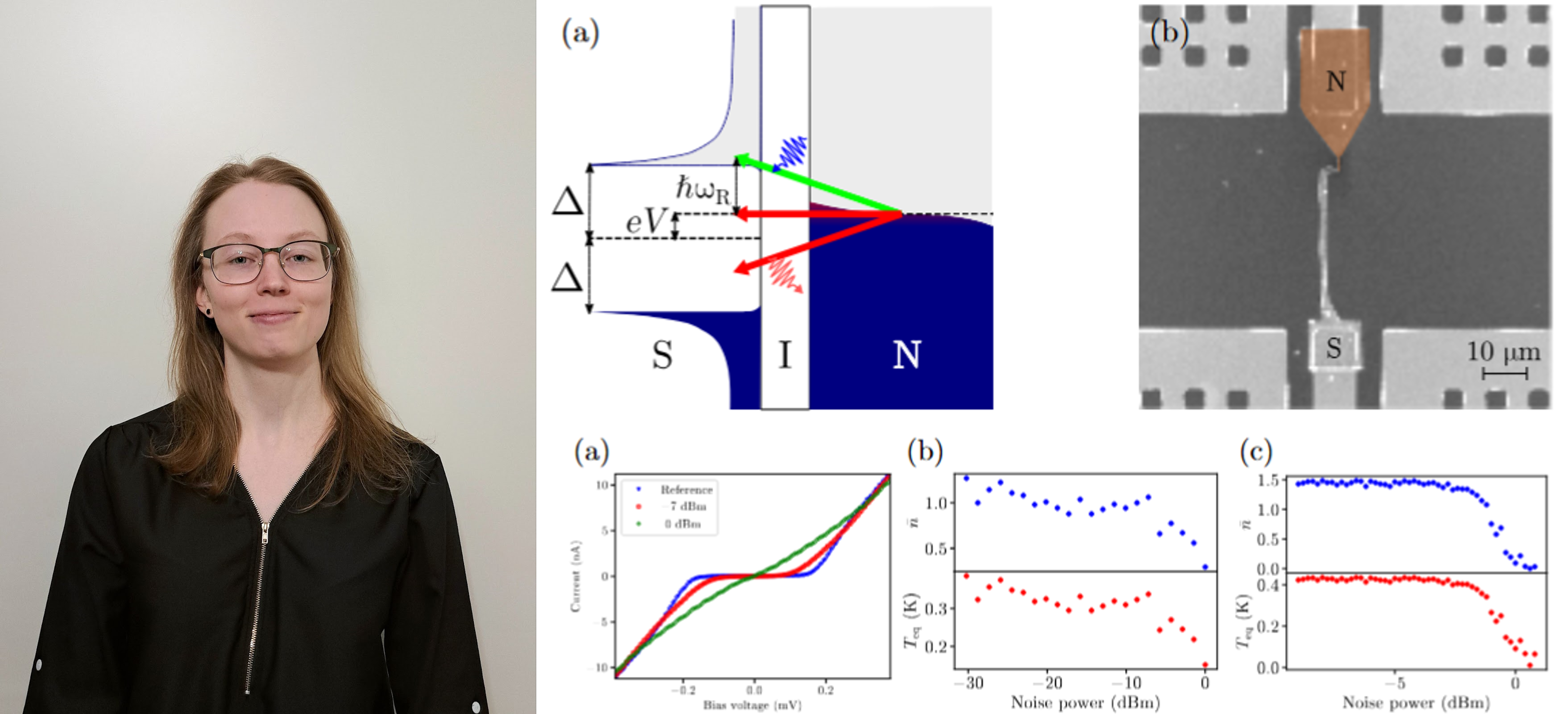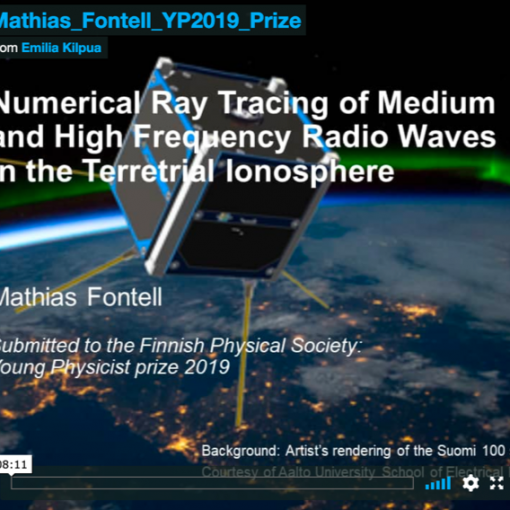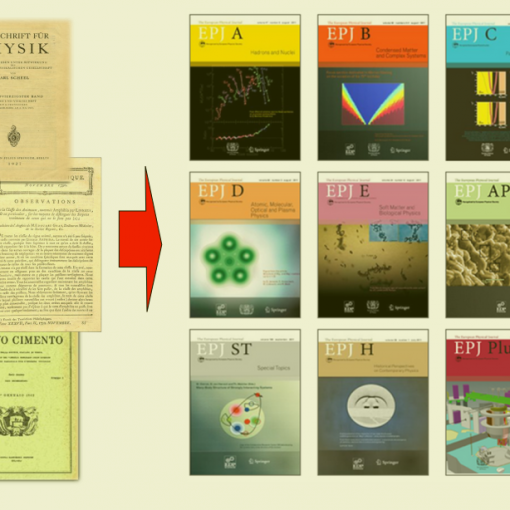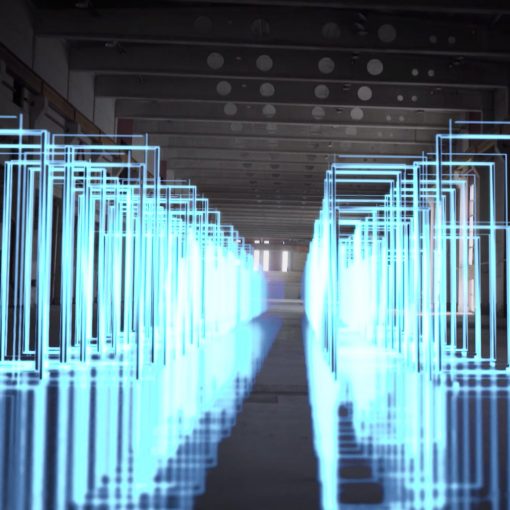Superconducting quantum circuits are currently one of the most promising platforms for realizing a large-scale quantum computer capable of solving complex tasks that are unsolvable by classical computers. The operation of a superconducting quantum computer relies on microwave control of superconducting qubits, the basic unit of information, via multiple cables attenuated along the way from the room-temperature source to the millikelvin quantum circuit inside a dilution refrigerator. While essential for the control and readout of the qubit state, the coupling between the qubit and its electromagnetic environment leads to computational errors that may be minimized but not completely avoided. Therefore, increasing the number of qubits to a practical level raises the need for fast and accurate qubit-reset methods for efficient error correction, while ensuring that the power consumption of the device operation remains reasonable. An interesting candidate to possibly relieve these challenges would be an on-chip photon refrigerator that operates autonomously by utilizing waste heat generated by the system itself.
On-chip photon refrigeration of superconducting quantum circuits has already been established previously in the non-autonomous case by a quantum-circuit refrigerator (QCR), a device that is based on the absorption of microwave photons in photon-assisted tunneling of electron-like quasiparticles through a normal-metal–insulator–superconductor (NIS) junction.
The NIS junction illustrated in Fig. 1 consists of a normal-conducting electrode and a superconducting electrode separated by a thin insulating barrier that only allows transmission of current-carrying quasiparticles between the two electrodes by tunneling, which is a purely quantum-mechanical phenomenon. Since the density of states of the superconductor has an energy gap with no available states for a quasiparticle from the normal-metal side to tunnel into elastically, i.e., preserving its energy, tunneling across the junction is possible only if the quasiparticle simultaneously absorbs high-energy photons from its environment, and therefore gains enough energy to reach the available states at the superconductor gap edge. If a bias voltage is applied across the junction, the Fermi levels of the two electrodes can be tuned relative to each other to enhance photon absorption from a mode with a specific frequency coupled to the junction. This coupled mode may be for example the resonance frequency of a coplanar-waveguide resonator or the ground-state–excited-state transition frequency of a superconducting qubit. Therefore, the QCR can extract energy from these systems as photon excitations, effectively cooling the system to a lower-energy state.
Conventionally, the QCR is activated by applying a dc bias voltage across the junction. However, the aim of my thesis project was to show that the QCR can be powered purely by noise without any additional dc bias voltage. I first conducted validating experiments to show that our noise drive obtained from a signal generator has similar characteristics and is comparable with a noise obtained from a passive thermal source. On the experimental sample, the QCR is galvanically connected to a target coplanar-waveguide resonator, which is further coupled to a transmon qubit exploited for the readout of the mean photon number in the target resonator mode. The measurement of the dc current–voltage dependence of the NIS junction in Fig. 2(a) demonstrates that increasing the noise power applied to the QCR suppresses the effect of the superconductor gap and ultimately enables quasiparticle tunneling at a zero dc bias voltage, thus allowing operation purely by noise. By measuring the response of the target mode to the noise applied to the QCR, we observe a clear reduction in the mean photon number for both thermal (Fig. 2(b)) and coherent (Fig. 2(c)) states of the target mode as the noise power is increased. These results confirm that the QCR can indeed cool the target resonator to a lower-energy state purely by noise.
Ultimately, similar purely noise-driven operation of the QCR is expected to be achievable with a passive thermal source of the noise, for example a hot resistor, by using a setup better optimized for a lower noise power and by applying suitable filtering to prevent unwanted heating from increased photon emission by the noise frequencies that exceed the superconductor gap. In the future, such autonomous refrigerator could possibly act as an energy-efficient solution for superconducting qubit reset or as a platform to demonstrate an autonomous quantum heat engine.





